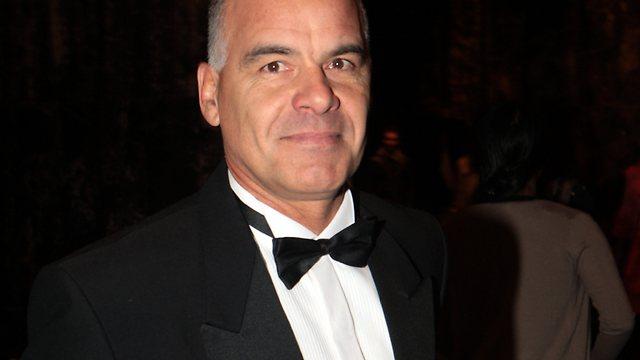Like Laurie Nash before him, Greg Williams was never shy when it came to boasting of his own ability. He also shared another Nash propensity – for honesty.
Often criticised for being slow, Williams showed that a player did not have to be endowed with phenomenal pace in order to wreak havoc among opposing backlines. Given that the football, when either handballed or kicked, tends to move appreciably faster than even the sprightliest players are able to run, Williams’ unequalled disposal skills with both hand and foot made him, when playing at his peak, almost uncontainable. Of course, he had to get the football first, before he could use it, and this he was pre-eminently and repeatedly able to do owing to that marvellous, untutored sense of anticipation which all champion players possess, and which Williams himself possessed in unparalleled abundance.
The Greg Williams career fits neatly into three stages. Between 1984 and 1985 he played for Geelong, winning the Cats’ best-and-fairest award in the latter year whilst simultaneously displaying a nascent ability to catch the umpire’s eye with 15 Brownlow votes. In six seasons in the Harbour City with the Swans he truly came of age. The compact Sydney Cricket Ground suited his style and he quickly established a reputation as the game’s most prolific and effective exponent of handball, and indeed arguably its most renowned (in the sense of being ‘identified’ with the skill) practitioner since ‘Polly’ Farmer. In 1986, he tied for the Brownlow Medal with Hawthorn’s Robert Dipierdomenico.
The final phase of Williams’ career saw him at Carlton where he won a second Brownlow in 1994. Then, in 1995, he achieved his last major remaining ambition of playing in a premiership side. His selection as Norm Smith Medallist after the Blues’ demolition of his original club Geelong was the quintessential ‘icing on the cake’ of a stellar career.
His stories from his playing days are hilarious and is a great addition to any event you are holding.
"*" indicates required fields
